
Do you want to know if Paperpal is the right...

General Guide About Content and Writing
Do you want to learn how to humanize AI text...
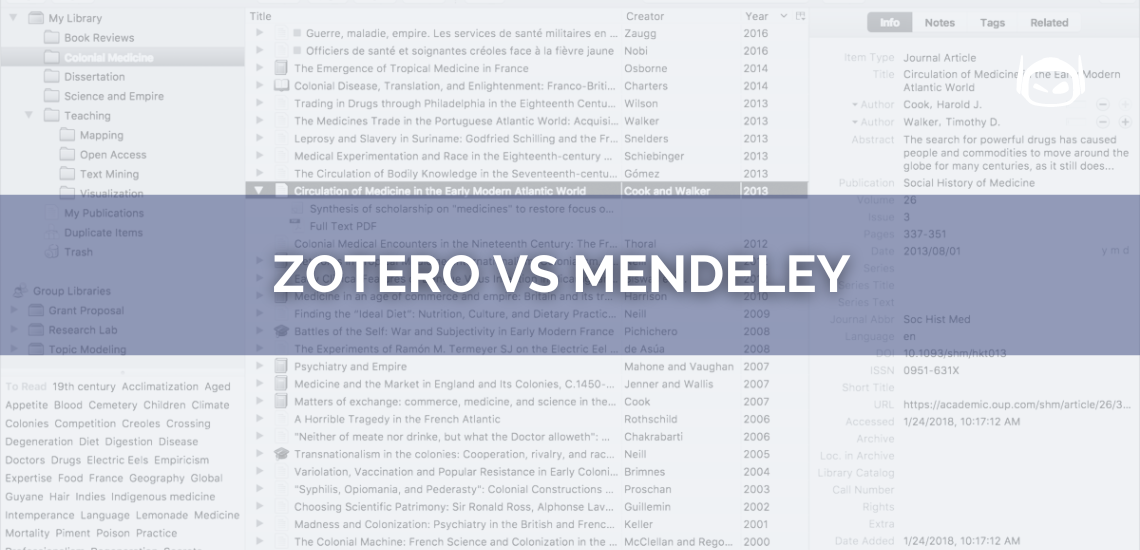
When it comes to reference management, Zotero and Mendeley stand...
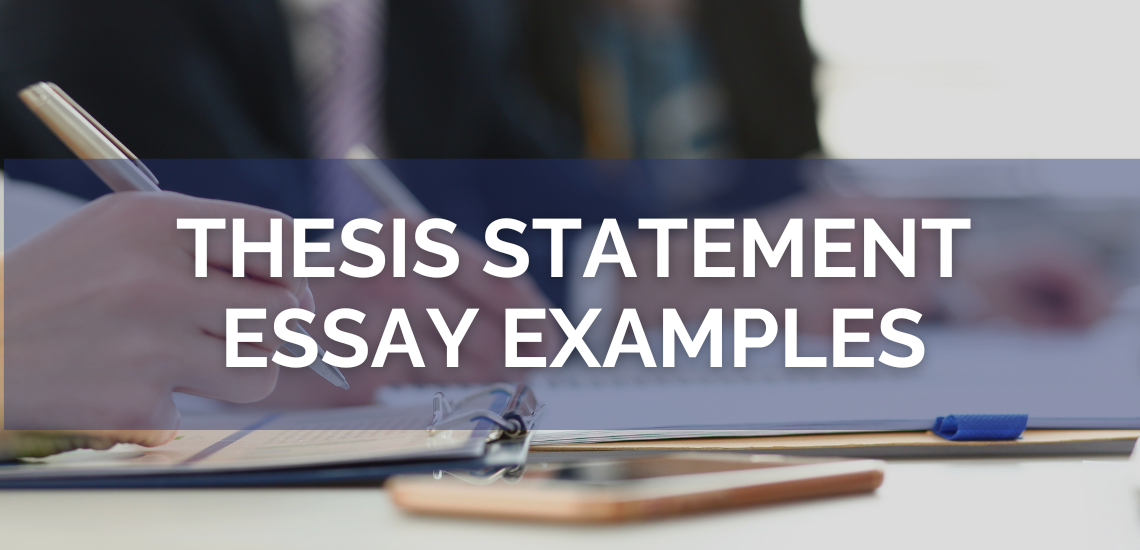
General Guide About Content and Writing, Step-by-Step Instructions for Writing
Writing an essay can seem challenging, but a solid thesis...
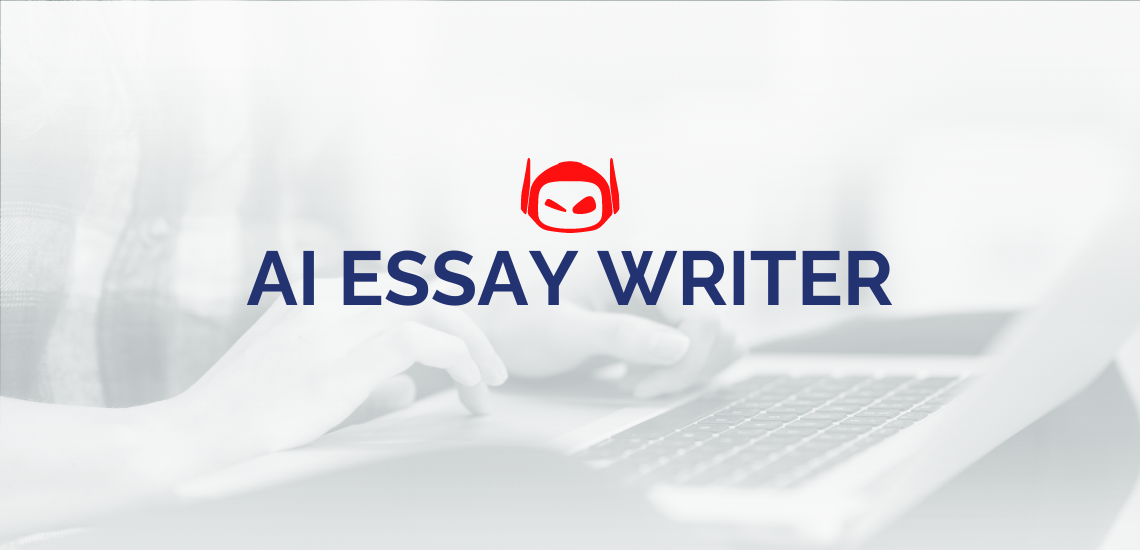
In today’s digital age, artificial intelligence (AI) has transcended its...
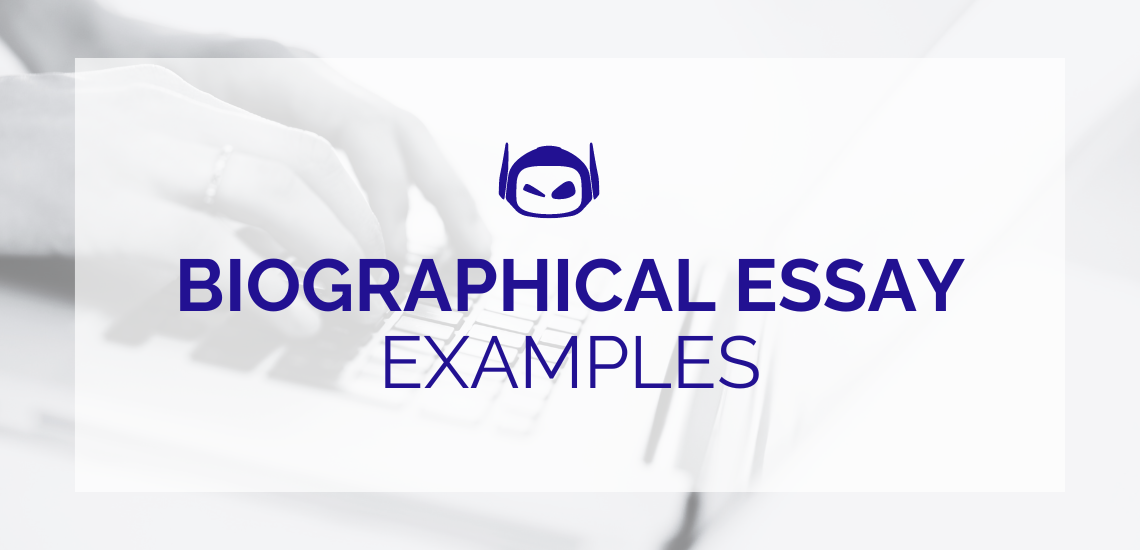
Do you want to write a biographical essay that will...
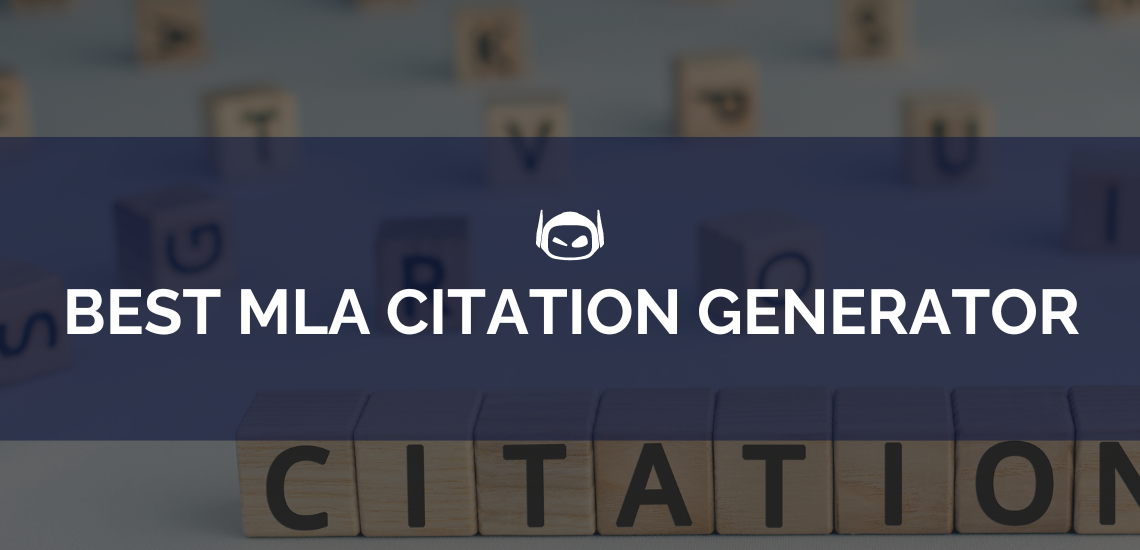
Do you need the best MLA citation generator to help...
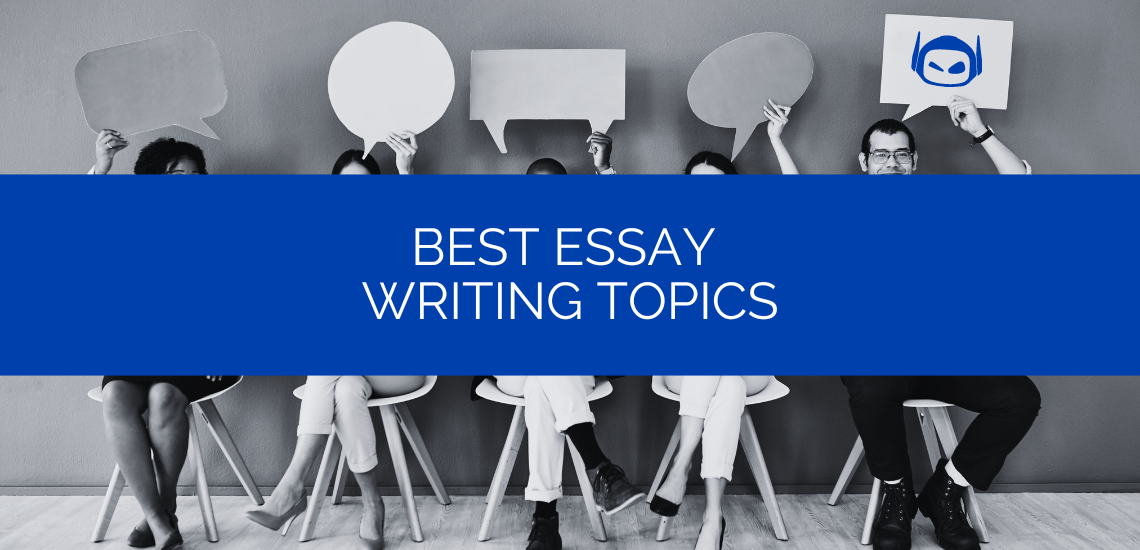
General Guide About Content and Writing
Choosing the right topic for your essay can be crucial,...
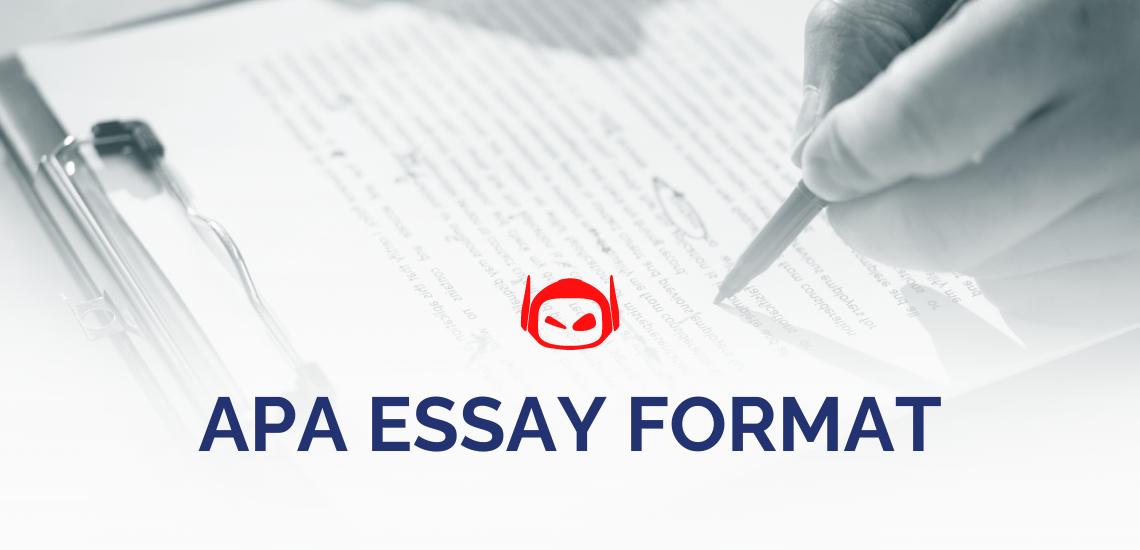
Step-by-Step Instructions for Writing
Do you need to write an APA essay but have...
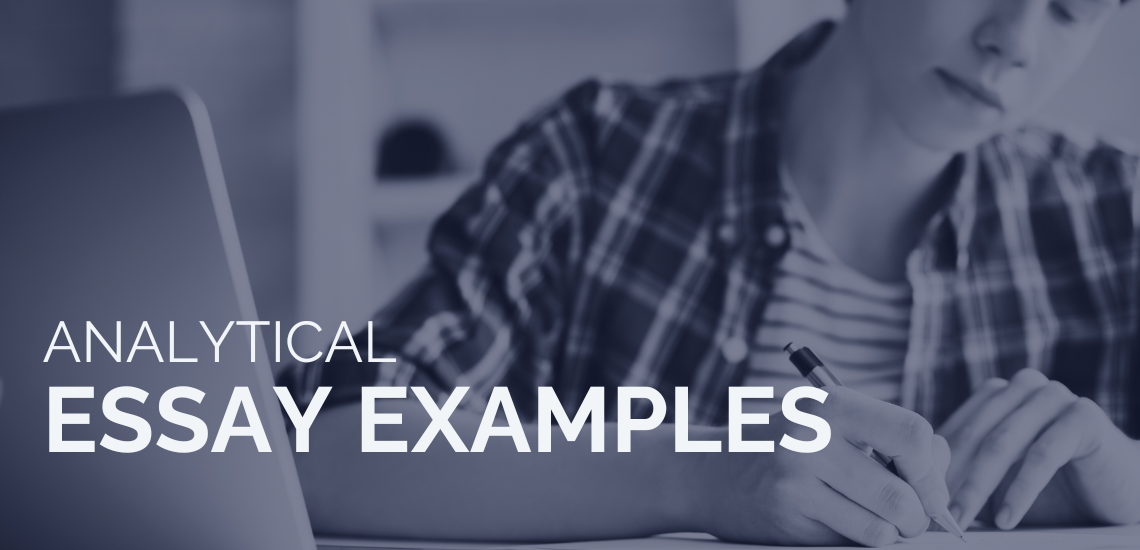
General Guide About Content and Writing
Do you want to write an analytical essay and get...